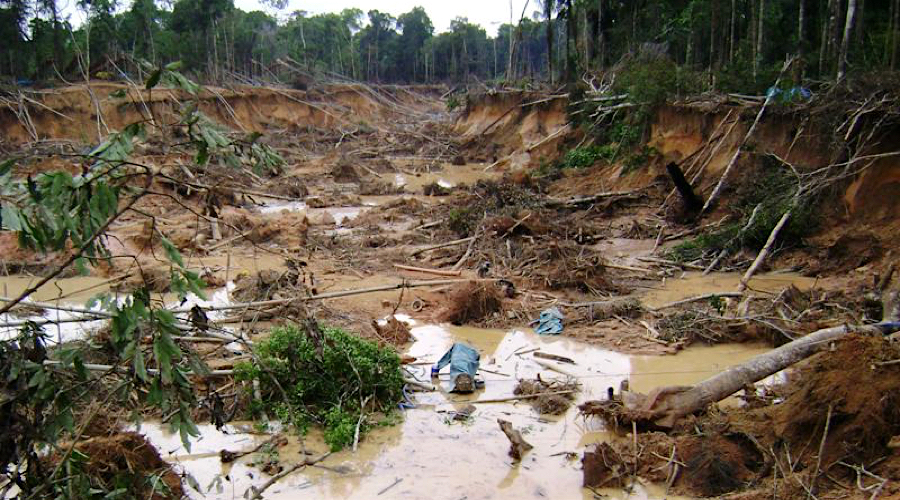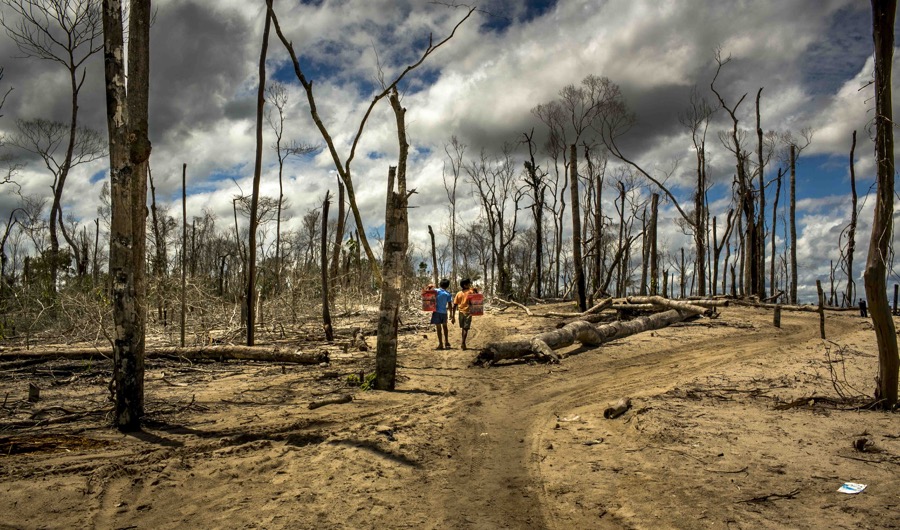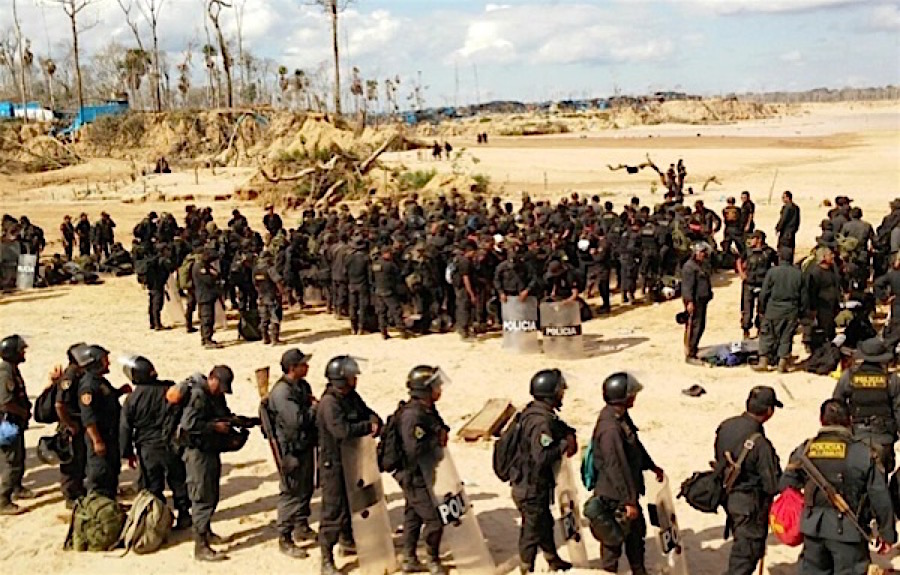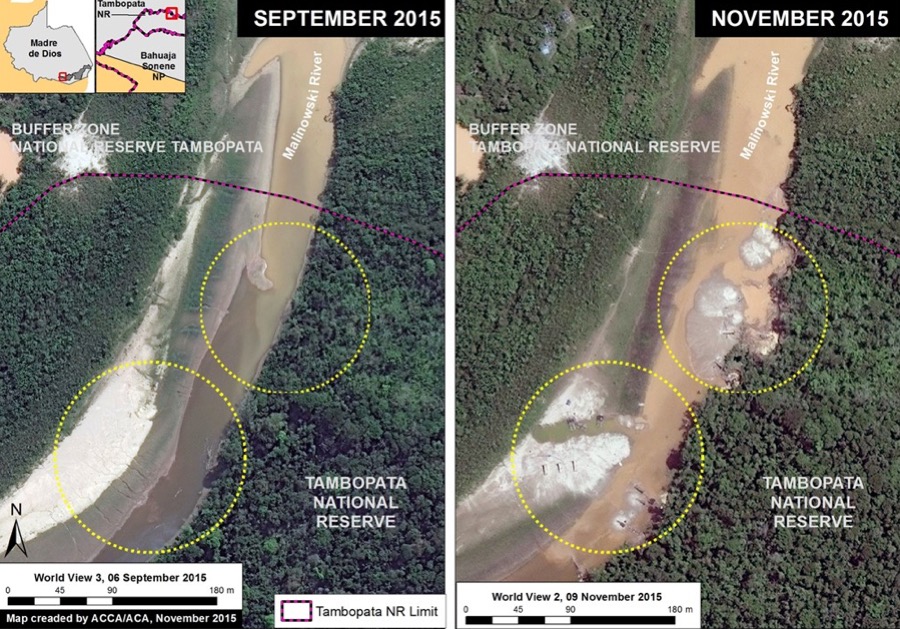State of emergency in Peru over mercury poisoning from illegal gold mining

Peruvian President Ollanta Humala has declared a 60-day state of emergency in a large remote area of the Amazon jungle as levels of mercury from illegal gold mining have reached record high levels.
According to country’s environment minister, as many as 50,000 people or 41% of the population of the gold-rich Madre de Dios region, bordering Brazil, has been exposed to mercury contamination.

Even children work at illegal gold operations in Peru’s Amazon.(Image: Screenshot via YouTube)
The lethal element is not only in people, but it has also polluted rivers and fish, state-run news agency Andina reports (in Spanish).
The government plans to send hospital ships and loads of untainted fish to the area, where illegal miners use mercury to separate the gold from rock and then dump the chemical into water streams.
They often handle the neurotoxin with their bare hands and inhale its fumes when it is burned off.
Mercury poisoning can affect vital functions such as the nerves, digestive system, lungs and kidneys, according to the World Health Organization.

In July last year, armed police swooped in to Peru’s Amazon basin, burning down an entire town that was home to a vast illegal gold operation.
The story, unfortunately, is nothing new. For years, illegal miners have been eating away the Peru’s rainforest, while the government tries to tighten the screws on illegal mining. However, the battle against illicit miners is far from over.
Until recently, no one really knew the full extent of the damage, but a research team from the Carnegie Institution for Science in Washington DC, and Peru’s Ministry of the Environment released in 2013 the first set of satellite images mapping the destruction.
The study showed the illicit activity had already destroyed almost 20,000 hectares of the Amazon rainforest.

Recent invasion of Tambopata National Reserve. (Images courtesy of MAAP.org —Monitoring the Andean Amazon Project | Satellite images: ©DigitalGlobe 2016)
The findings shocked millions and finally highlighted the devastating effect illegal miners have had in the area.
Covert gold production in the South American nation has increased fivefold since 2012, and it is estimated to provide 100,000 direct jobs in the country, 40% of which are in the Madre de Dios region, located in southern Peru.
The situation is mirrored in dozens of the countries, where gold is similarly mined and where the desperately poor often end up working in risky conditions.
Peru is the world’s sixth largest gold producer, but an estimated 20% of its annual output is of unknown origin.
Watch the impacts of the devastation in this video:
More News
Anglo starts talks with banks on possible De Beers IPO
Anglo is pursuing a dual-track process in its effort to exit De Beers by trying to find a buyer for the struggling business.
March 28, 2025 | 12:19 pm
PDAC JV video: Golden Pursuit preps for discovery at sub-Arctic Gordon Lake, CEO says
A program to scan archived core using AI and expand geophysical surveys on the Wooferine-Lynk Zones is set to start soon.
March 28, 2025 | 11:35 am
{{ commodity.name }}
{{ post.title }}
{{ post.excerpt }}
{{ post.date }}



Comments